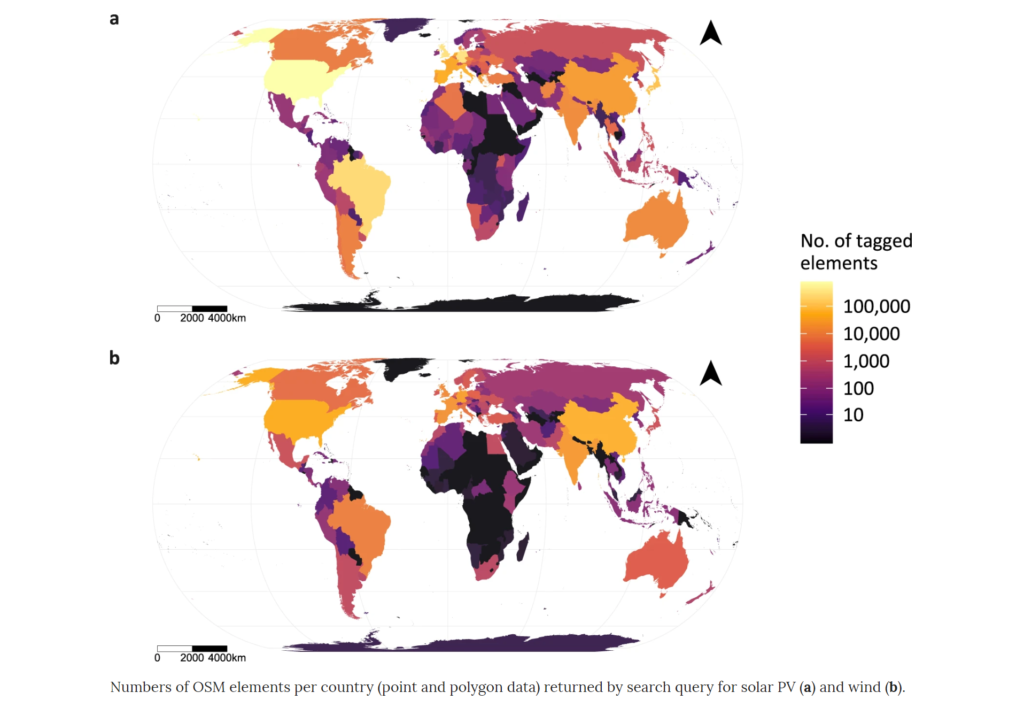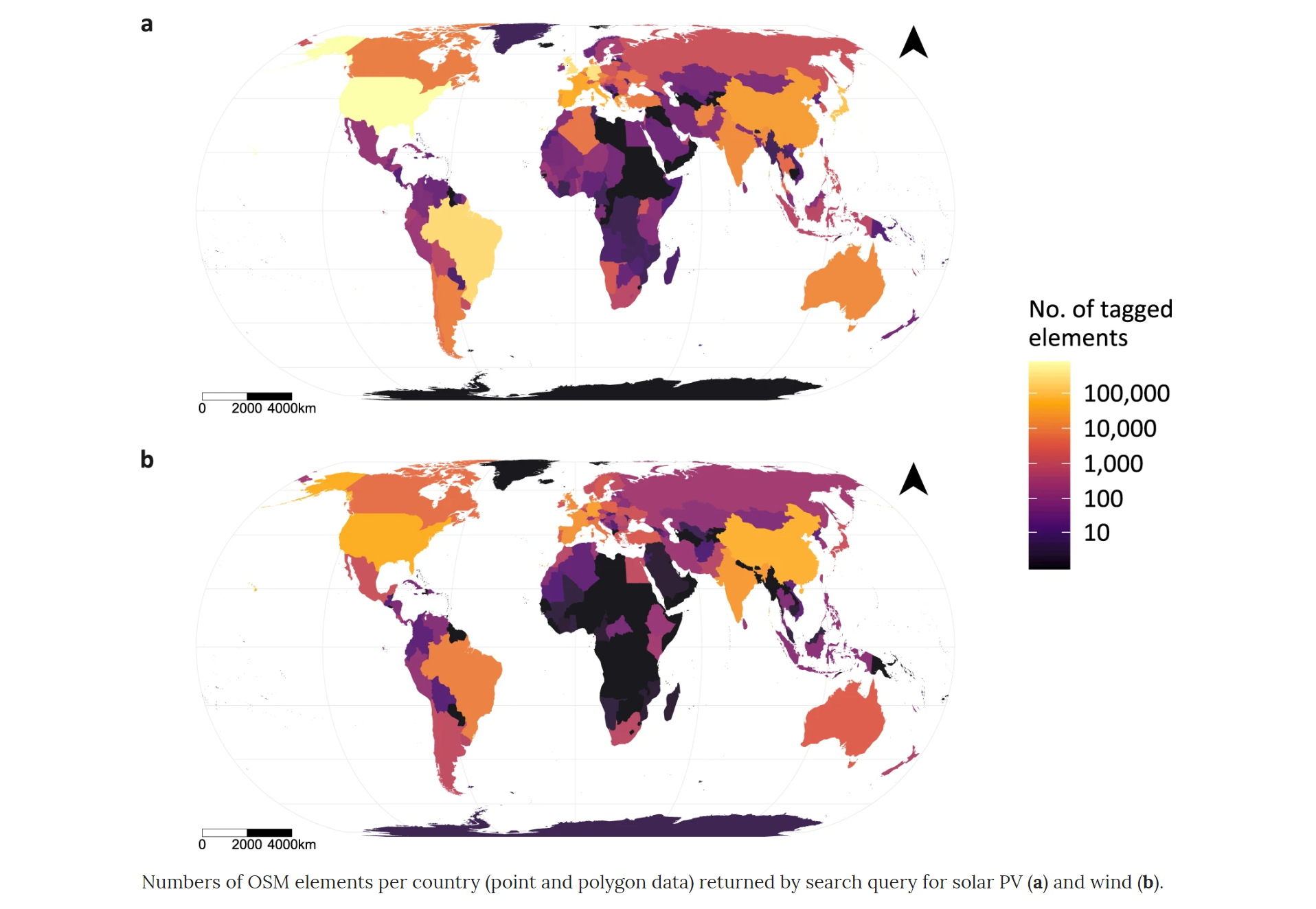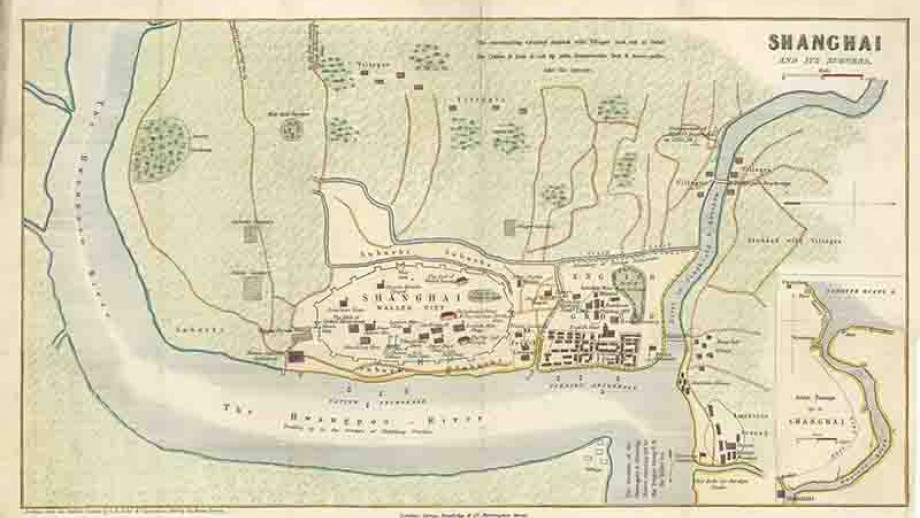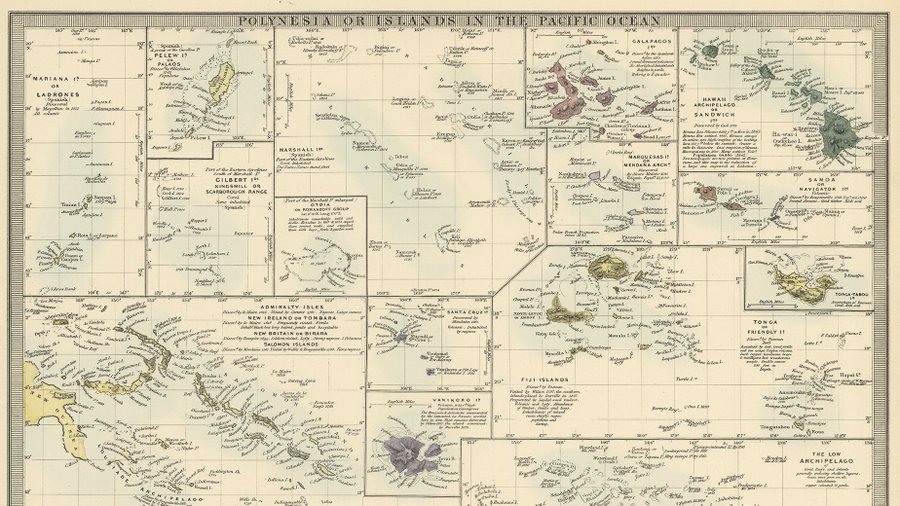
This is the first global map of solar and wind farms
As they push for a lower-carbon future, governments around the world are fueling the rapid expansion of renewables. And yet, if you wanted to see where the current solar or wind infrastructure is located, the lack of accessible information out there would leave you stumped. That changes now.
For the first time ever, researchers have mapped the global locations of major renewable energy sites, giving a clear indication of both the infrastructure density in different regions and approximate power output. Behold:

Courtesy: Nature journal Scientific Data
In a study, published in the Nature journal Scientific Data, University of Southampton researchers have showcased where the global green energy revolution is coming from. Using OpenStreetMap infrastructure data, the researchers have determined that Europe, North America, and East Asia are dominating the renewable energy scene. Their results correlate extremely well with official independent statistics of the renewable energy capacity of different countries.
By accurately mapping the development of renewable farms, the researchers not only wanted to create a global, open-access, harmonized spatial dataset of wind and solar installations, but they also hope to provide an insight into the footprint of renewable energy on vulnerable ecosystems and help planners assess such effects.
According to lead researcher Sebastian Dunnett, “While global land planners are promising more of the planet’s limited space to wind and solar energy, governments are struggling to maintain geospatial information on the rapid expansion of renewables. Most existing studies use land suitability and socioeconomic data to estimate the geographical spread of such technologies, but we hope our study will provide more robust publicly available data.”
The research data is available in vector format, either as geopackages, shapefiles, or comma-delimited and describe groupings of wind turbines or solar PV, i.e. energy ‘farms’, as well as lone installations, i.e. a single wind turbine or solar panel. The metadata, describing whether the location is urban or beside/on a water body, as well as an estimate of its power capacity (created using a predictive model) is also included. Access the complete study in Nature here.






